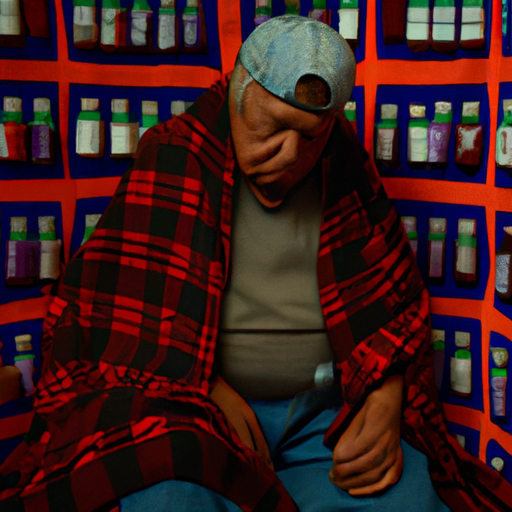Understanding the Canadian Opioid Crisis and the Indigenous Reconciliation Efforts
Hello readers, today we turn our attention towards a delicate yet critical issue that has been making headlines across Canada – the opioid crisis. Not only does it affect our society at large, but it also severely impacts susceptible sections of the society such as the indigenous communities. In line with this, an enlightening article recently published on the Saugeen Times highlights the steps being taken towards optimizing solutions for this crisis, specifically with respect to indigenous communities.
Breaking Down the Opioid Crisis in Canada
The opioid crisis refers to the surge in opioid-related deaths, primarily attributable to the increasing abuse of these substances. Opioids, a class of drugs used for pain relief, can lead to harmful results when misused, with addiction being a likely outcome. This has led to overwhelming effects on public health and safety, increasing the incidence of homelessness, crime, and the overall degradation of quality of life.
Indigenous Reconciliation Planning Initiative
Given the gravity of the situation, efforts are being made to combat this crisis through various strategies and initiatives. A noteworthy effort is the support shown towards the Indigenous Reconciliation Planning Initiative which was endorsed unanimously by a Municipal Council. This initiative gains significance given the proximity of numerous Indigenous reserves to the municipality.
What Does the Initiative Entreail?
The initiative aims at remedying the detriments inflicted by the opioid crisis and thereby, improving the relationship between the Indigenous communities and the rest of Canada. As the article points out, the integration of Indigenous communities and respect for their rights is crucial in the overall battle against the opioid crisis.
The key points from the article include:
- Acknowledging the Indigenous Reconciliation Planning Initiative which outlines the steps necessary to bridge the gaps straining the relationship between Canada and its indigenous communities.
- An understanding of the far-reaching effects of the opioid crisis in the form of increased homelessness, crime and the misuse of opioids.
- A brief on the impact of the opioid crisis specifically on Indigenous communities and how this catalyzes the need for reconciliation.
- Inclusion of Indigenous perspectives in the delves into opioid reduction strategies and drug policy reform.
Taking Steps Towards Reconciliation
One of the approaches outlined in the initiative is the requirement of dispensing naloxone kits in places where opioids are prescribed. As many of you may know, naloxone is a medication that is known to reverse the effects of an opioid overdose, making it an essential tool in our fight against this crisis. In addition to this, the Ontario government will also be looking to establish a clinic to help those battling opioid addiction- a testimony of the province’s proactive stance against the opioid crisis.
As part of the Indigenous Reconciliation Planning Initiative, significant emphasis is placed on educating municipal staff on indigenous culture and history, promoting awareness and respect for Treaty rights and Aboriginal perspectives on the opioid crisis, homelessness and crime.
Final Thoughts
In conclusion, the opioid crisis in Canada is a multi-faceted issue that requires a competent and compassionate approach. The Indigenous Reconciliation Planning Initiative is a step in the right direction, highlighting the need for collaboration, respect, and understanding between different communities. As long as initiatives like these are in place and gaining momentum, there is hope for a harmonious solution to the opioid crisis.
Remember, knowledge is power, and understanding the complexity and widespread effects of the opioid crisis is the first step towards combating it effectively. Stay informed, stay safe!


